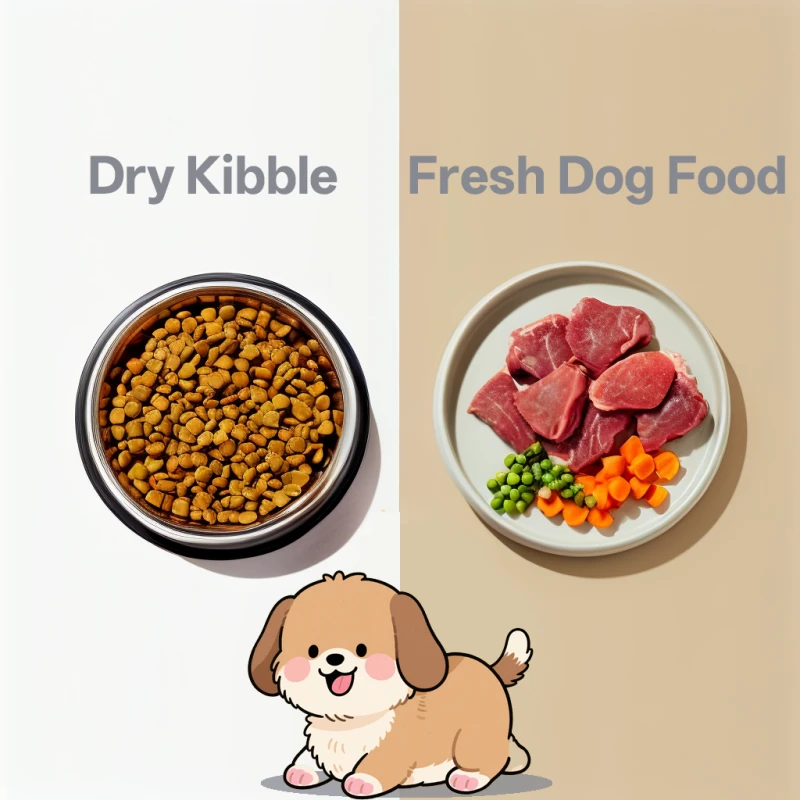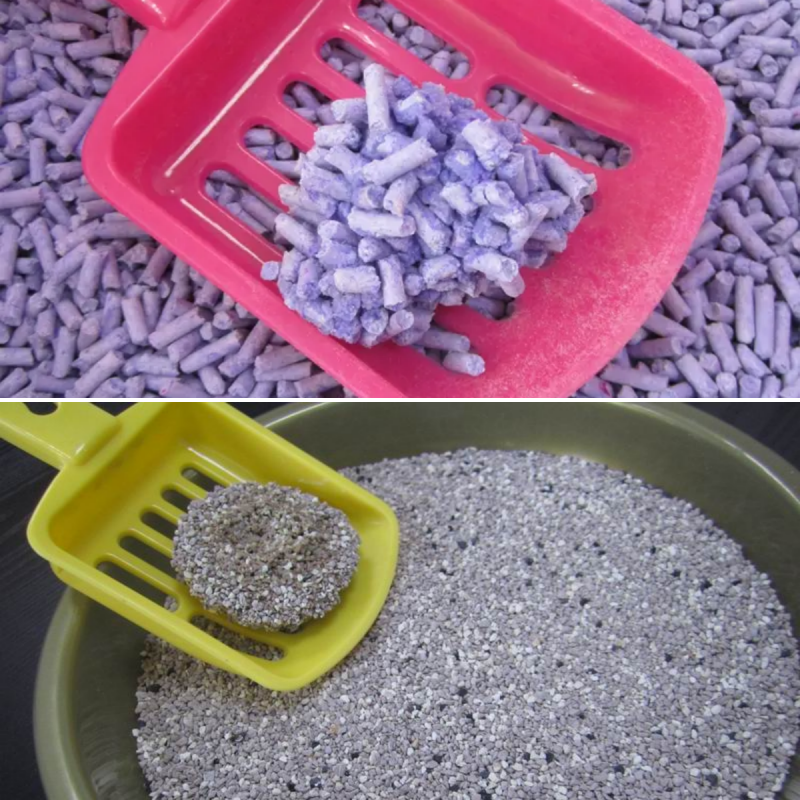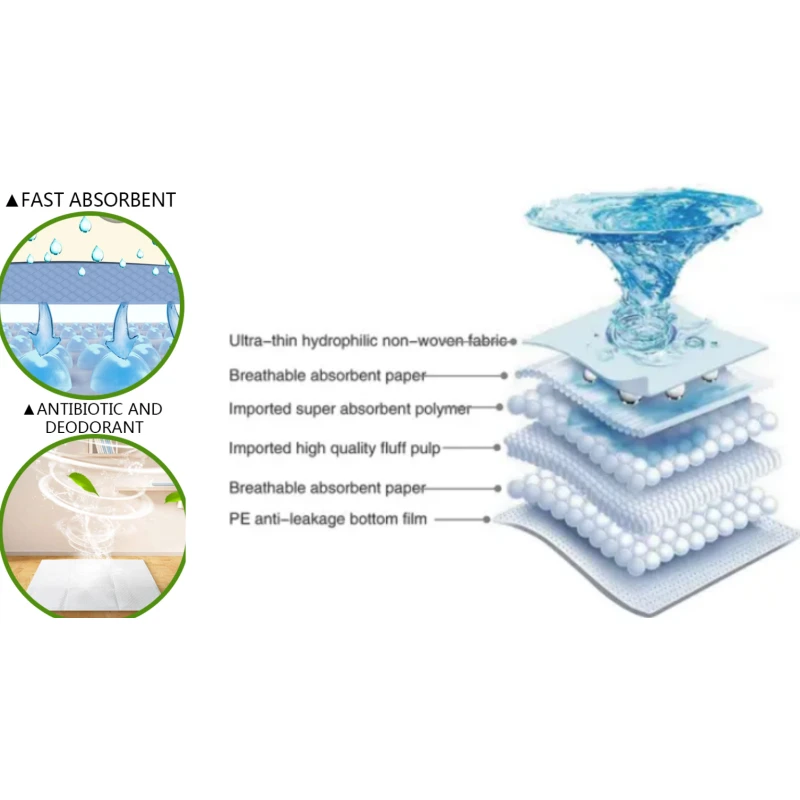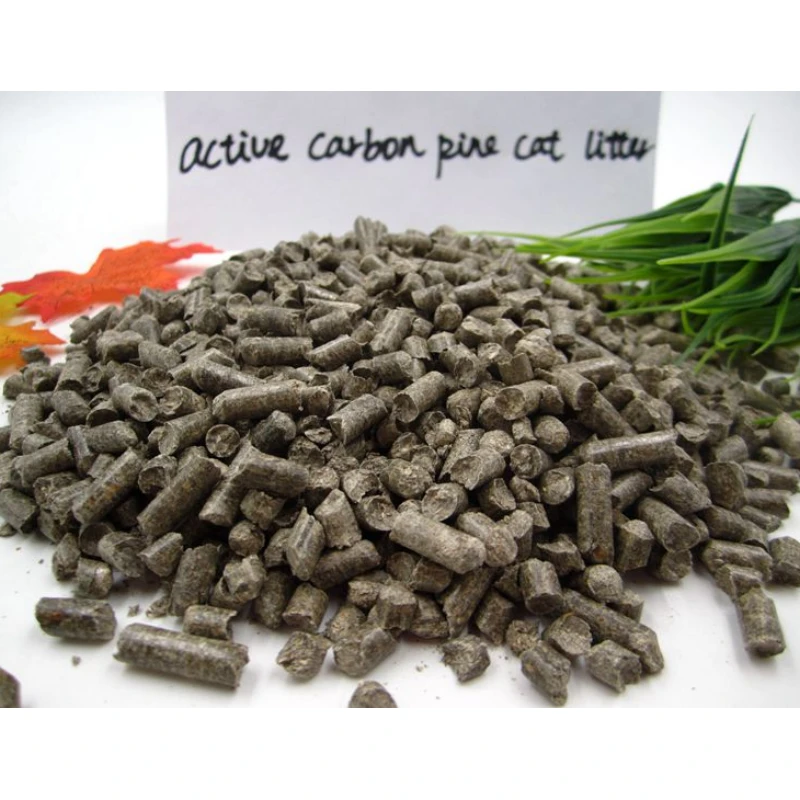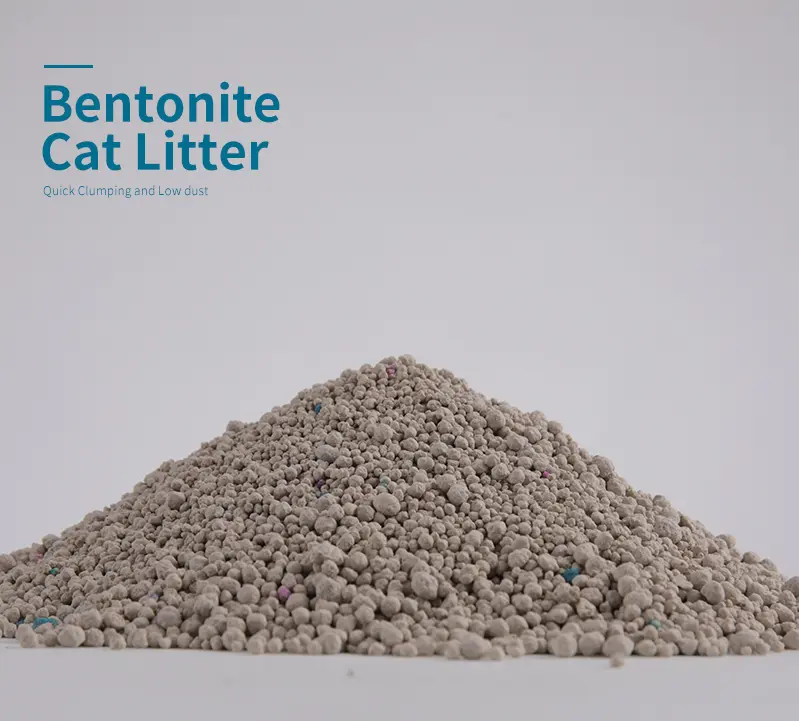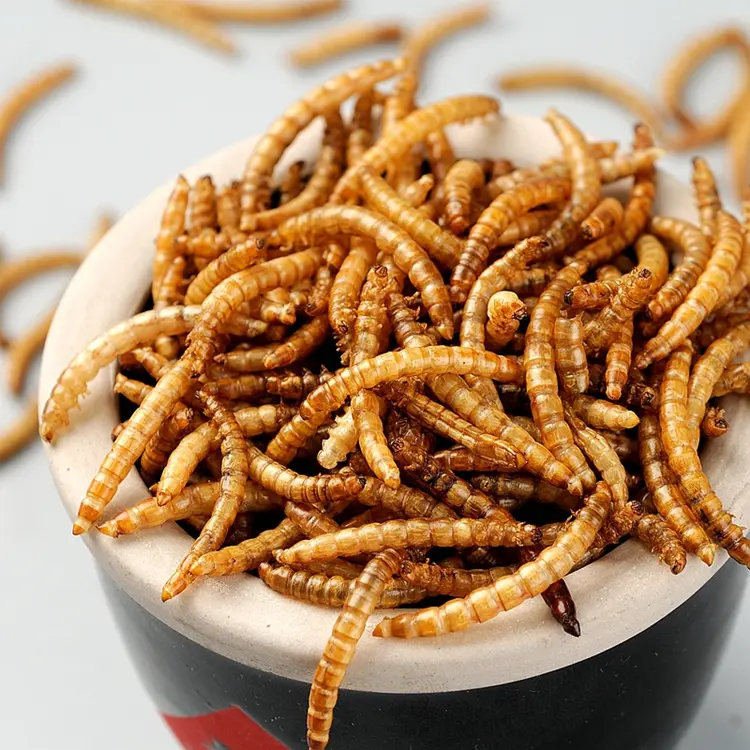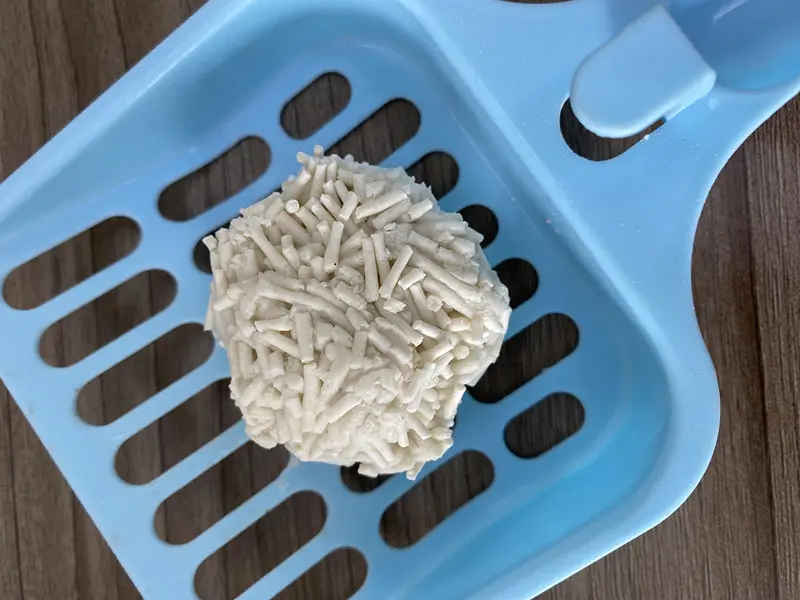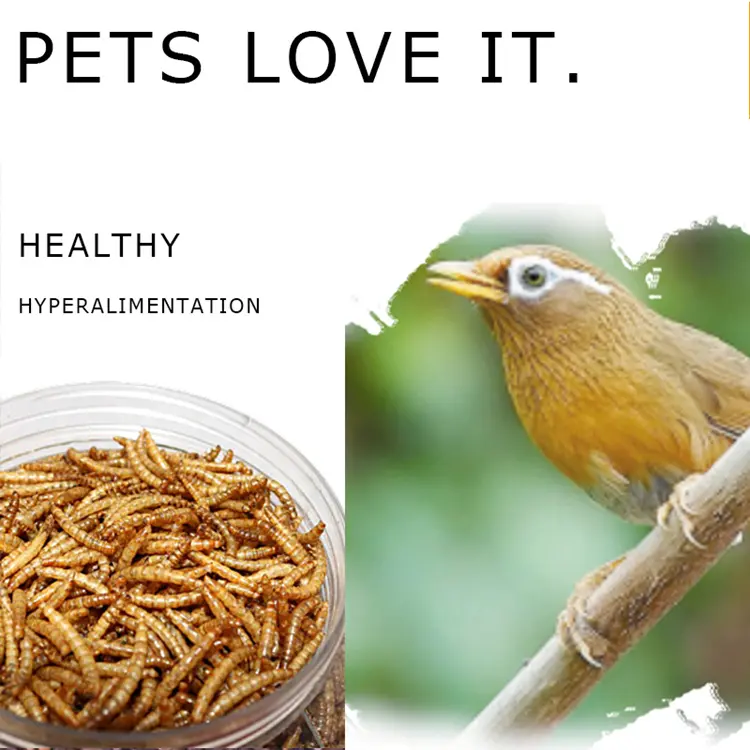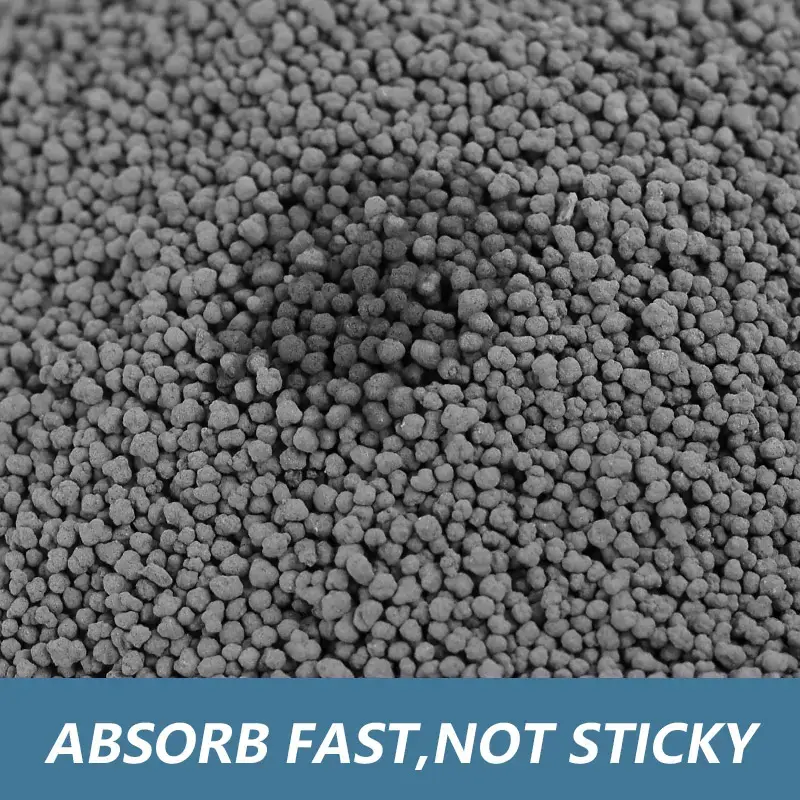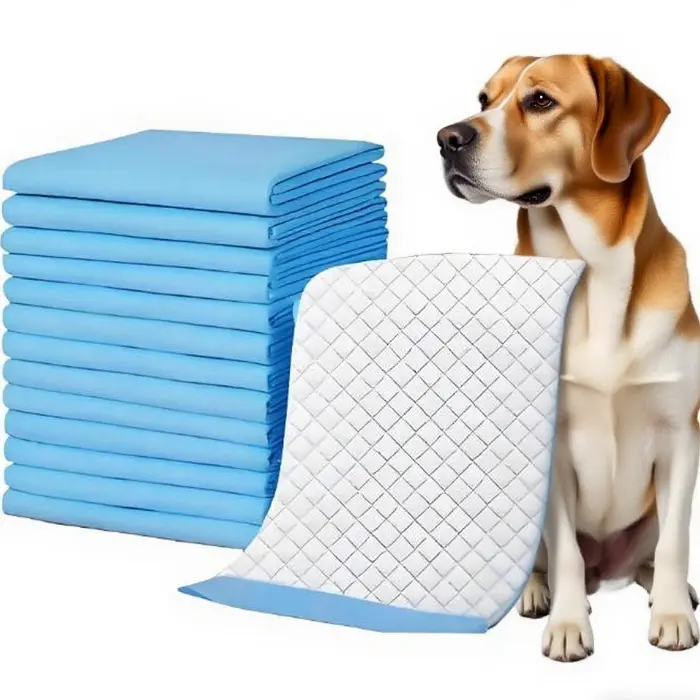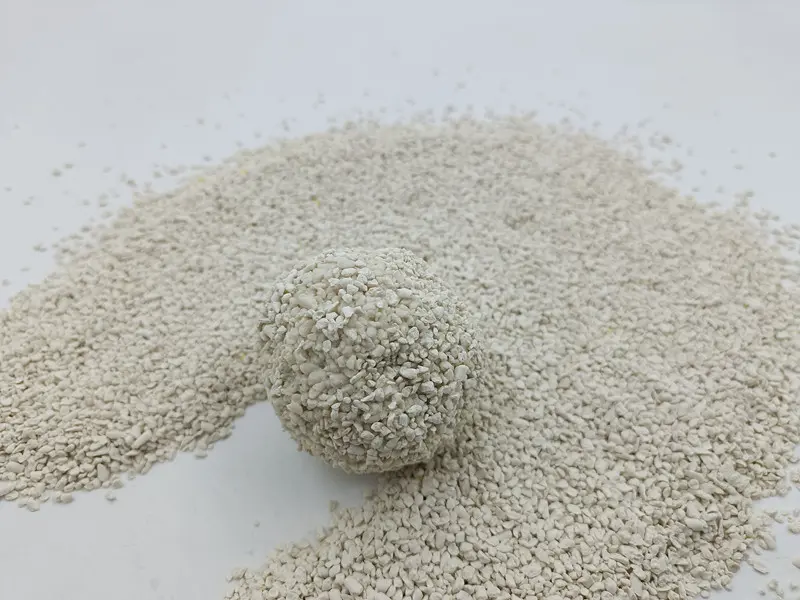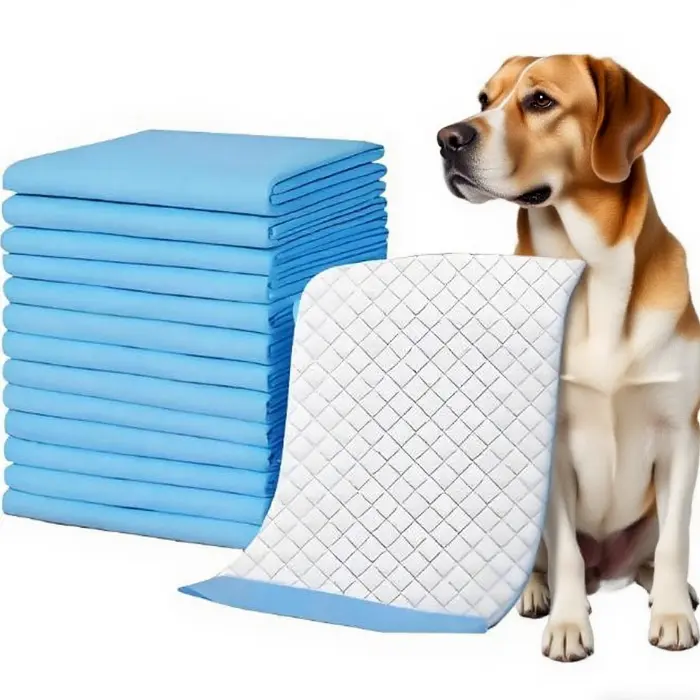Choosing what to feed your furry companion may seem like a simple task—until you're caught in the ever-expanding aisle of options: dry kibble on one end, fresh dog food on the other. And somewhere in the middle? Confusion. Many dog owners find themselves wondering: What’s the healthiest, most practical way to nourish my dog? This question, seemingly straightforward, unravels into a delicate balancing act of nutrition, lifestyle, cost, and personal values.
Let’s dig deeper. Not all calories—or kibble bites—are created equal.
Understanding the Basics: What Is Dry Kibble and Fresh Dog Food?
Dry kibble, the classic go-to, is a processed dog food made by mixing meat, grains, vegetables, and additives into a dough, which is then cooked and shaped. It's shelf-stable, affordable, and easy to store.
Fresh dog food, on the other hand, is just what it sounds like—real meat and veggies cooked at low temperatures, often delivered refrigerated or frozen. Think of it as a home-cooked meal for dogs, minus the prep time for the owner.
So, where do the differences begin to matter? Let’s start with the building blocks—nutrients.
Nutritional Breakdown: What’s Really in the Bowl?
Here’s how the two stack up nutritionally:
| Nutrient | Dry Kibble (avg %) | Fresh Food (avg %) |
|---|---|---|
| Protein | 22 | 35 |
| Fat | 10 | 20 |
| Carbohydrates | 50 | 30 |
| Fiber | 4 | 2 |
| Moisture | 10 | 70 |
What jumps out here? Moisture content. Kibble is dry—deliberately—while fresh food mimics the natural moisture dogs would get from eating prey in the wild. This isn’t just a texture thing. Hydration levels affect digestion, kidney health, and even energy levels. Higher protein and fat in fresh food may better match the ancestral canine diet, while kibble’s carb-heavy formula helps with cost-effectiveness and shelf life.
Health Outcomes: What Does Science (and Experience) Say?
While veterinary research is still evolving, anecdotal reports and small studies provide compelling trends. In a recent survey of 1,000 dog owners, preferences aligned clearly with dietary impact:
| Health Benefit | Dry Kibble (%) | Fresh Food (%) |
|---|---|---|
| Shinier Coat | 35 | 65 |
| Improved Digestion | 30 | 70 |
| Increased Energy | 25 | 75 |
| Better Weight Management | 28 | 68 |
While not definitive, the numbers are hard to ignore. Pet owners often report visible improvements within weeks of switching to fresh food—more energy, fewer vet visits, less smelly stools (yes, really), and coats that shine like a shampoo commercial.
Still, correlation isn’t causation, and one must consider other factors—environment, activity, and breed-specific needs.
Practical Considerations: Cost, Convenience, and Lifestyle
Let’s talk wallets. Feeding methods vary drastically in terms of cost. Here's a basic comparison:
| Dog Size | Dry Kibble (Monthly Cost) | Fresh Food (Monthly Cost) |
|---|---|---|
| Small (under 20 lbs) | $20 | $100 |
| Medium (20–50 lbs) | $40 | $200 |
| Large (50+ lbs) | $60 | $300 |
It’s crystal clear: fresh food hits harder on the budget. For many families, this is a significant barrier. That’s why many pet parents opt for a hybrid diet—mixing kibble with fresh toppers or rotating between meals.
And then there’s convenience. Kibble can be left in the bowl all day, carried on a camping trip, or stored for months. Fresh food requires refrigeration and timely consumption, with some brands demanding freezer space. For busy households, this can be a deal-breaker—or at least a deterrent.
Quality and Safety: Is All Kibble Created Equal?
Absolutely not. The quality spectrum of both kibble and fresh food is massive. Some kibble brands use by-products and fillers, while others opt for human-grade ingredients and small-batch production. Similarly, fresh food isn’t always premium—poor sourcing and inadequate nutrient balancing can occur.
That’s where reliable, transparent suppliers come in. At Green Pet Care Co., Ltd., we understand the critical need for safe, nutrient-rich, and ethically sourced pet food and accessories. Our brand is grounded in more than a decade of experience, exporting trusted products like pet food bowls, cat litter, and puppy pads to Europe, the U.S., and Southeast Asia.
We're not just about functionality—we're about care. Our philosophy is simple: “Let pets eat with confidence, use it safely, and have fun.” And that begins with food.
Environmental and Ethical Factors: A Subtle Shift in Thinking
Sustainability isn’t the first thing most people associate with dog food, but maybe it should be.
Fresh food brands often boast eco-conscious sourcing, minimal processing, and recyclable packaging. Kibble, with its energy-intensive extrusion processes and packaging waste, doesn’t usually shine in this regard.
That said, Green Pet Care Co., Ltd. champions both performance and sustainability. Our development of eco-friendly Tofu and Corn Cat Litters is a testament to our commitment to green living—not just for humans, but for pets, too.
Bridging the Gap: Is There a Middle Ground?
Absolutely—and it may be the most sensible option for many. If feeding 100% fresh food isn't feasible due to cost or logistics, consider these:
Fresh toppers on kibble to boost flavor and nutrients
Rotational diets between kibble and fresh food
Choosing premium kibble with fewer fillers and better ingredient transparency
Supplementing with freeze-dried or air-dried options that combine shelf stability with quality
In fact, the best diet might not be either/or, but rather adaptive—changing with your dog’s age, health condition, activity level, and even seasons.
So… Which Is Better?
There’s no universal answer—just as humans differ in nutritional needs and preferences, so do dogs. Dry kibble offers unmatched convenience and affordability. Fresh food promises vitality and visible health gains. And in the middle? There's nuance, personalization, and an opportunity for thoughtful care.
But one thing’s certain: dogs thrive when their owners care enough to ask questions.
A Final Word from Green Pet Care Co., Ltd.
At Green Pet Care Co., Ltd., we're proud to be part of this evolving conversation. Since 2014, we’ve committed ourselves to producing high-quality, reliable, and environmentally responsible pet products. Whether it's our tofu cat litter and dog food that wins hearts abroad or our stylish food bowls that brighten up mealtime, our goal is the same: to help pets live happier, healthier lives.
As we expand into newer categories and tailor offerings based on customer demand, we invite pet lovers to explore more balanced feeding strategies. Because in the end, the right nutritional balance is not just about food—it’s about trust, quality, and love.
Let’s build a healthy green paradise for pets—together. Contact Us Green Pet Care Co., Ltd.
